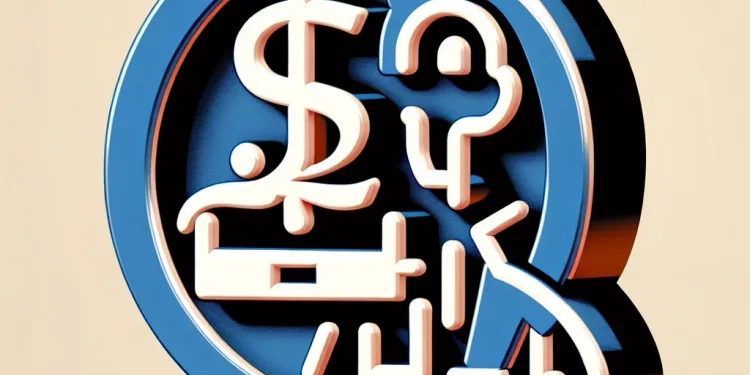
Find Help
More Items From Ergsy search
-

What are the limitations of self-testing for eyes?
Relevance: 100%
-

What is self-testing for eye patients?
Relevance: 100%
-

How often should I self-test my eyes?
Relevance: 95%
-
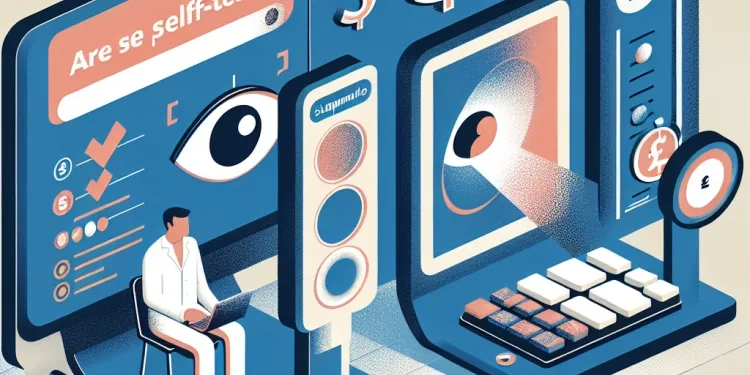
Are self-tests a substitute for professional eye exams?
Relevance: 95%
-

Can self-testing detect all eye conditions?
Relevance: 93%
-
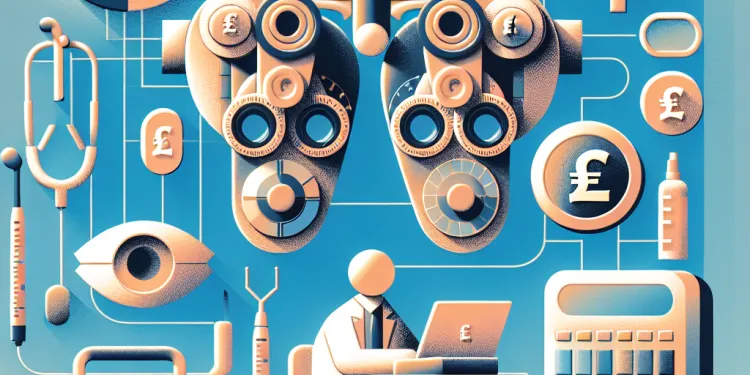
Should I share the results of my self-tests with my eye doctor?
Relevance: 93%
-

Why would someone need to self-test their eyes?
Relevance: 92%
-

Do I need any special equipment for eye self-testing?
Relevance: 92%
-

What types of self-tests are available for eye patients?
Relevance: 89%
-

Can I use a smartphone for self-testing my eyes?
Relevance: 80%
-
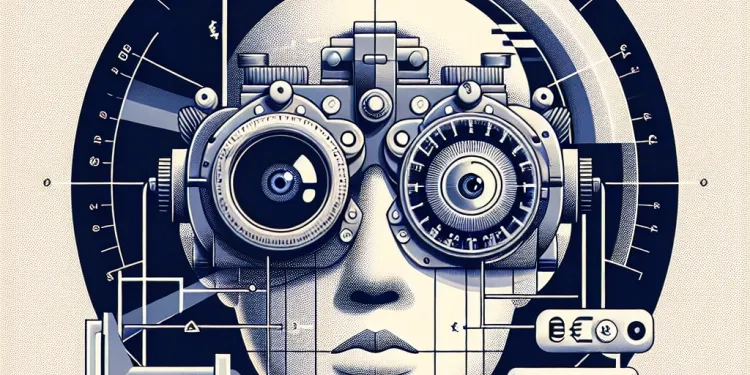
Are there any self-tests for eye pressure?
Relevance: 79%
-
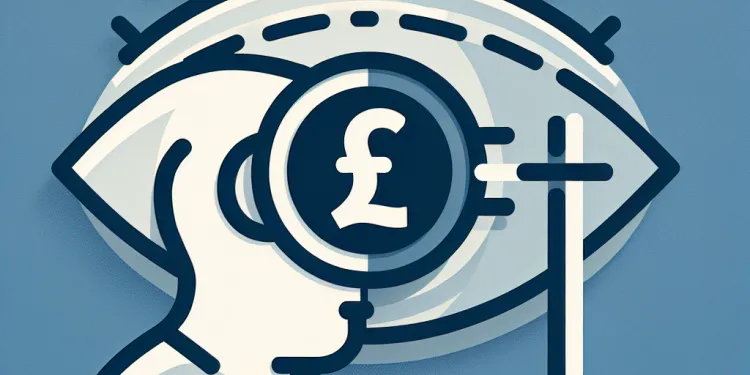
How does self testing for eye patients work?
Relevance: 70%
-
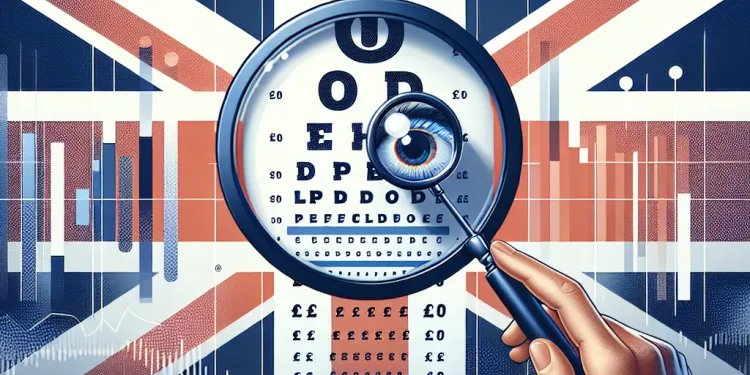
How do I use a vision chart for self-testing?
Relevance: 67%
-

Where can I find reliable self-testing tools for my eyes?
Relevance: 62%
-

Is it possible for self-tests to cause harm?
Relevance: 57%
-
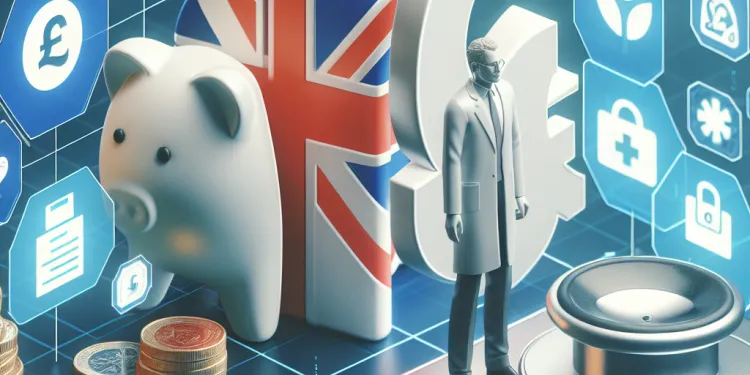
Do insurance plans cover the cost of self-testing tools?
Relevance: 54%
-

What age groups can benefit from self-testing?
Relevance: 53%
-

What should I do if I notice changes during self-testing?
Relevance: 52%
-
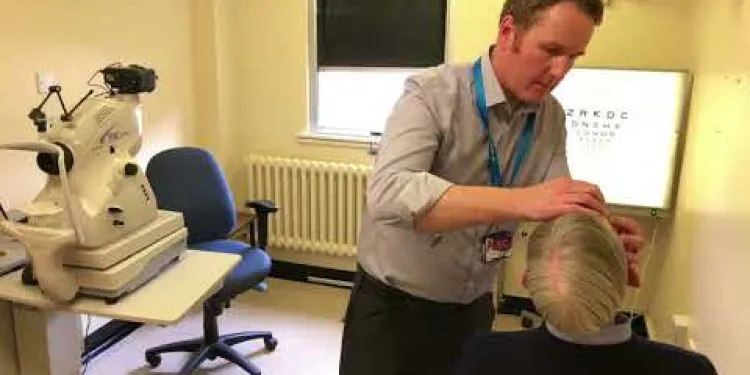
Derbyshire Diabetic Eye Screening - Diabetic Eye Screening
Relevance: 46%
-
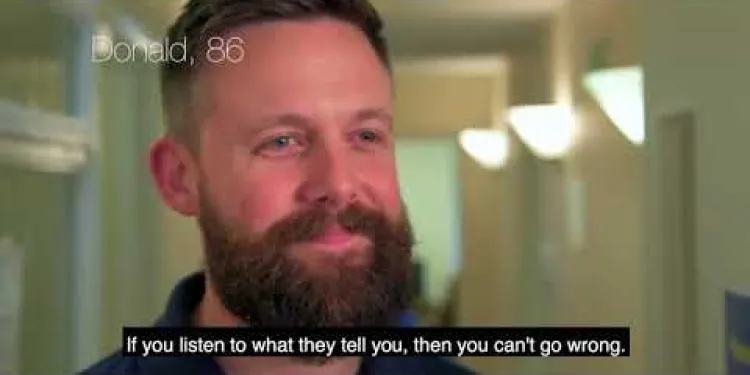
Diabetes Eye Screening
Relevance: 45%
-
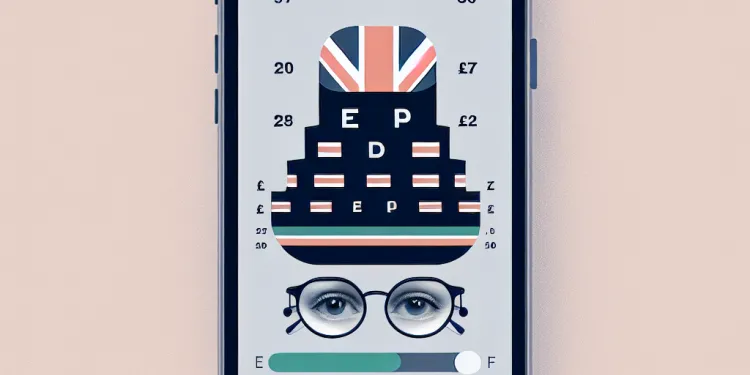
How accurate are app-based eye tests?
Relevance: 41%
-
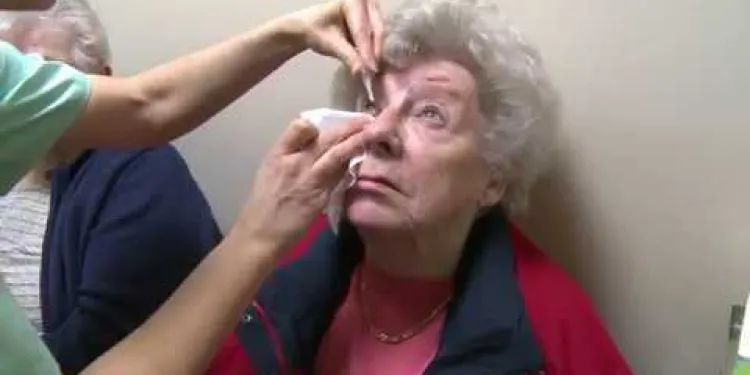
Eye Injections at Royal Bournemouth Hospital
Relevance: 41%
-

Eye Injections at Royal Bournemouth Hospital
Relevance: 41%
-
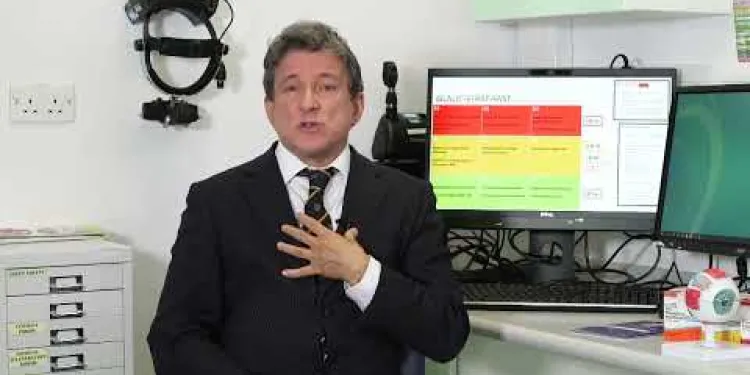
Glaucoma: general side effects of eye drops
Relevance: 39%
-
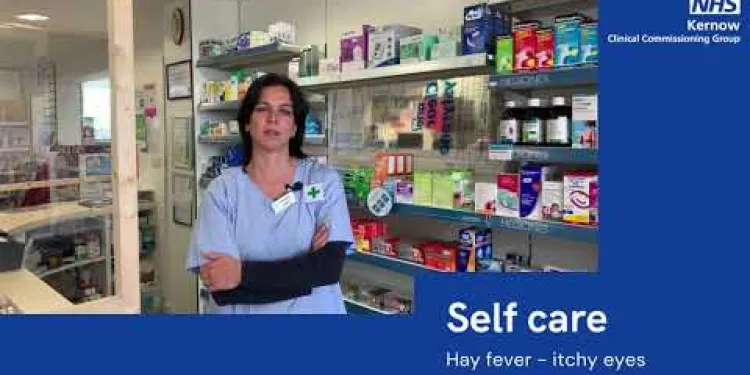
Self care - hay fever itchy eyes
Relevance: 39%
-
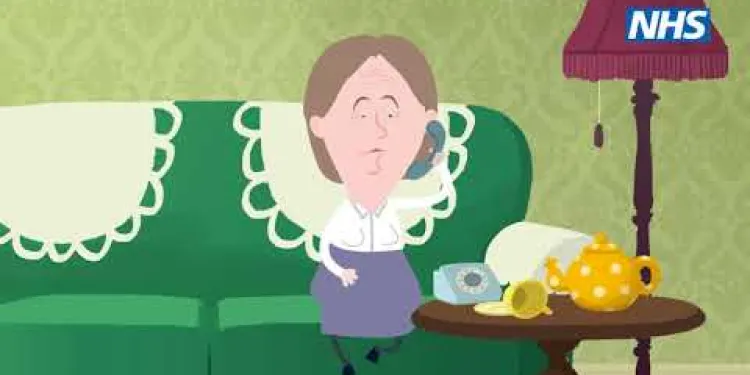
West Midlands LEHN Animated Video on Eye Health
Relevance: 38%
-
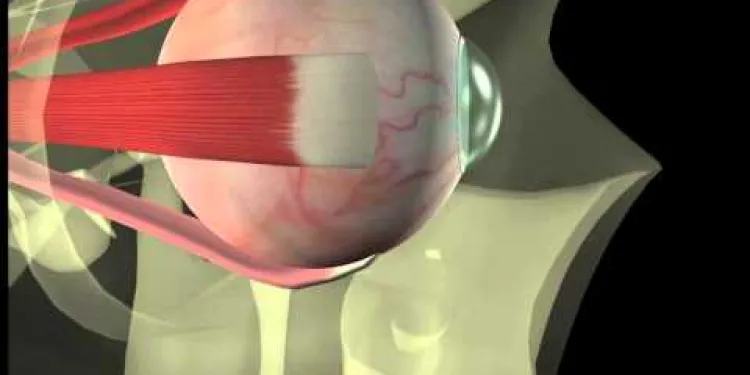
Thyroid eye disease. Squint surgery - The operation
Relevance: 38%
-
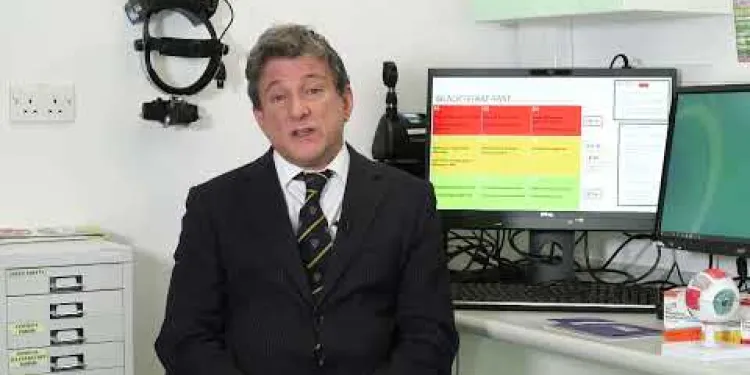
Glaucoma: how often should i take my eye drops?
Relevance: 38%
-
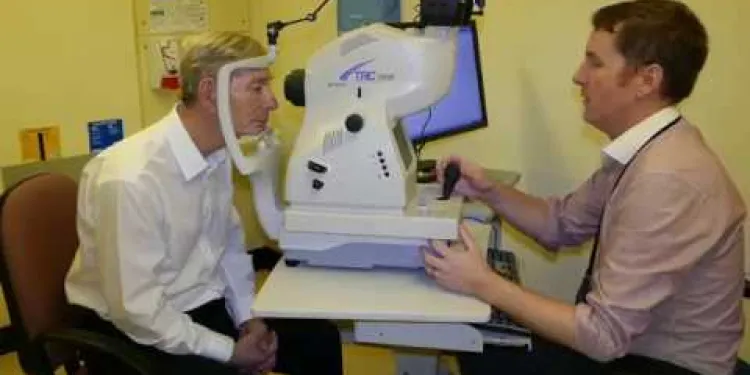
Derbyshire Diabetic Eye Screening - Your Screening Appointment
Relevance: 38%
-

Can self-testing help me track my prescription changes?
Relevance: 37%
-
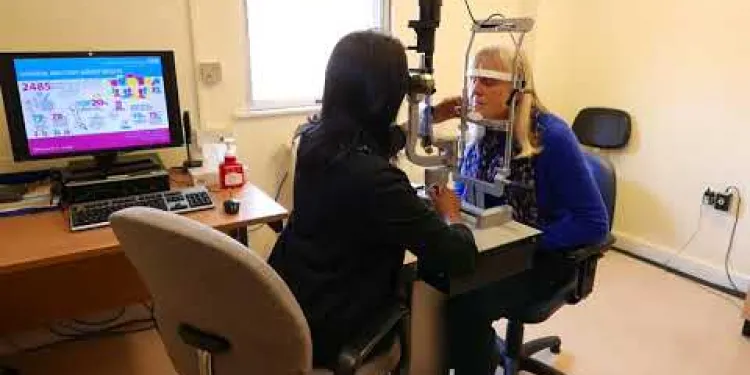
Derbyshire Diabetic Eye Screening - Assessment Clinic Appointment
Relevance: 37%
-

North Yorkshire Diabetic Eye Screening Programme - A day in the life
Relevance: 35%
-
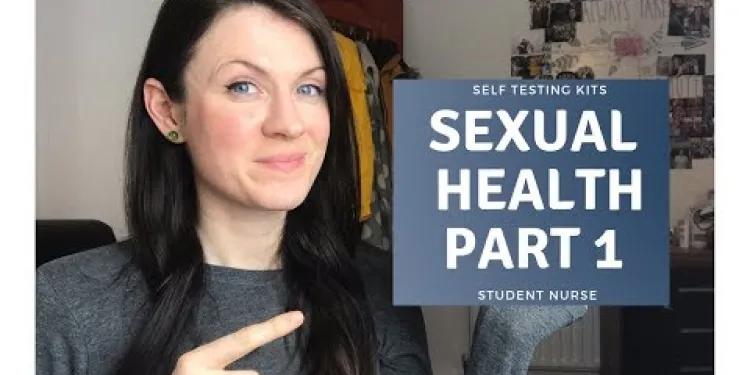
Let's Talk Sexual Health - Home Self Testing Kits
Relevance: 30%
-
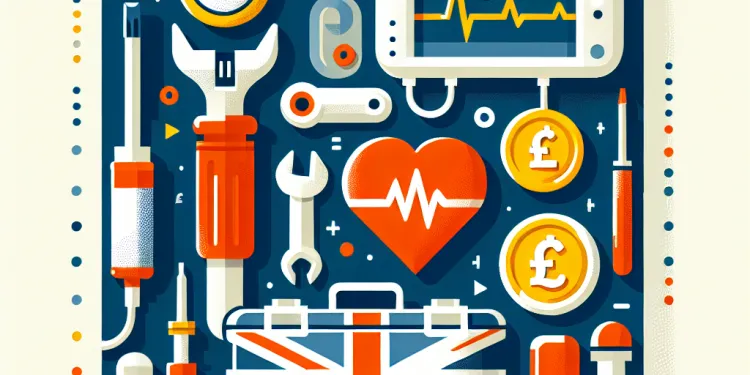
What maintenance do defibrillators require?
Relevance: 24%
-
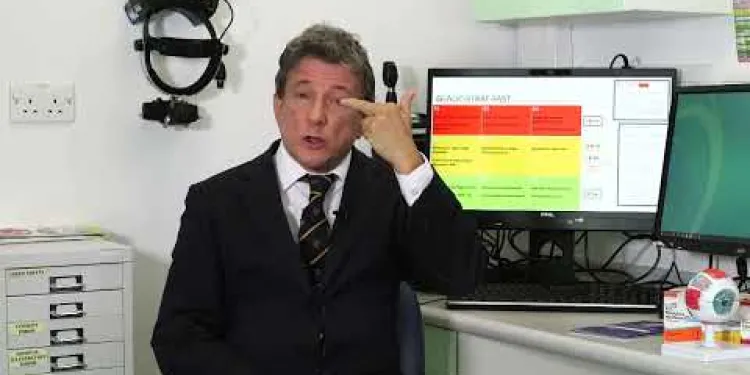
Glaucoma: symptoms in glaucoma
Relevance: 17%
-
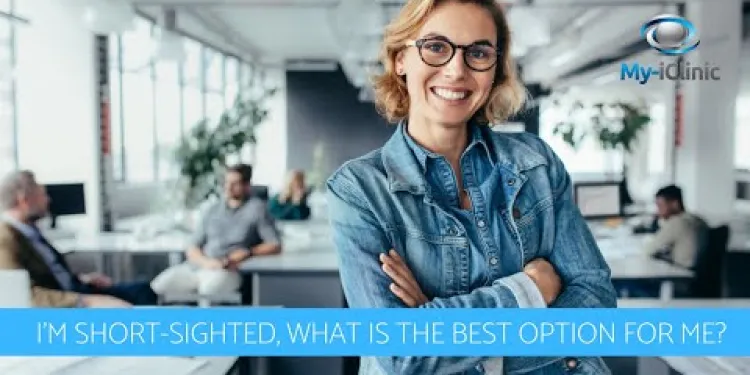
I'm Short-sighted, What Is The Best Option For Me?
Relevance: 17%
-

On the day of your cataract surgery
Relevance: 17%
-
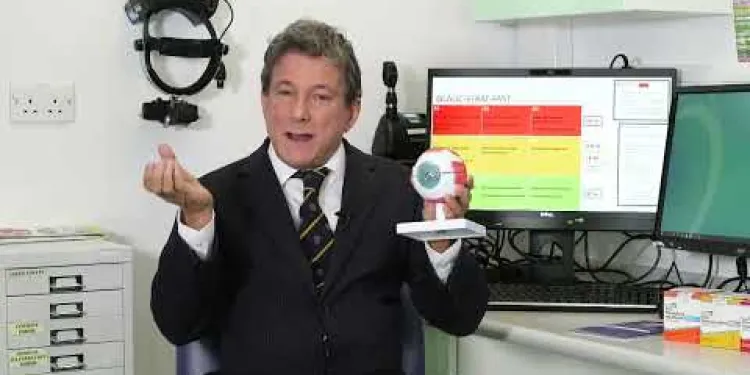
Glaucoma: what is glaucoma?
Relevance: 16%
-
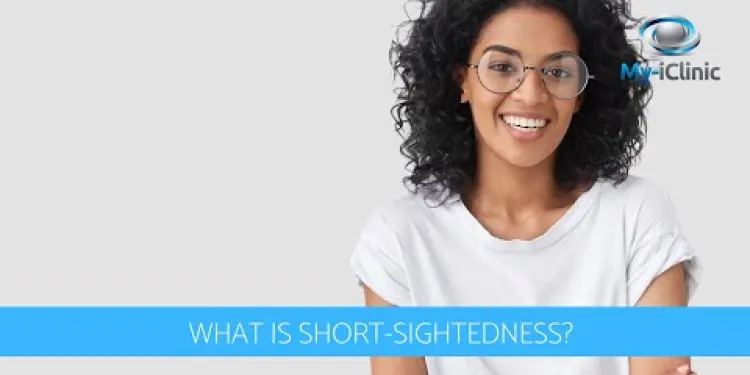
What is Short-Sightedness?
Relevance: 16%
-
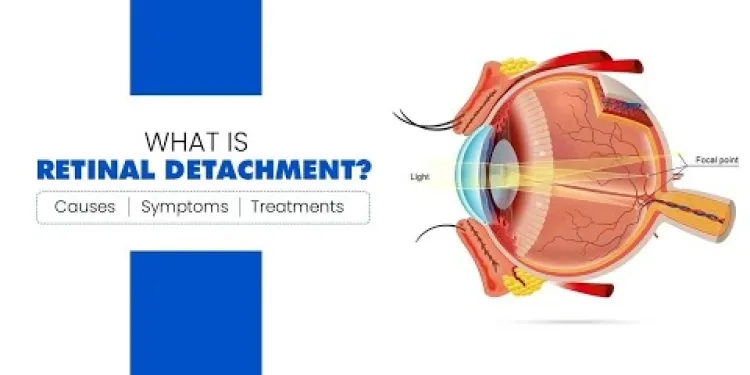
What is Retinal Detachment (Detached Retina)? Causes, Symptoms, and Treatment Options
Relevance: 16%
Introduction to Eye Self-Testing
Self-testing your eyes can be an important part of maintaining eye health and vision quality. Many people in the UK may consider self-testing as a useful tool to identify potential issues early. While it is not a substitute for professional eye examinations, it can provide valuable insights into one’s eye health.
Monitoring Changes in Vision
As people age, vision naturally changes, and various conditions can affect eyesight. Regular self-testing can help individuals notice subtle changes in vision that they may not recognize day-to-day. Early detection of issues like blurry vision or difficulty focusing can prompt a visit to an optometrist, allowing for timely intervention and treatment.
Convenience and Accessibility
Self-testing offers a level of convenience and accessibility that traditional eye exams may not provide. With busy schedules, some individuals find it challenging to make regular visits to an optician. Eye self-tests, which can often be conducted at home using online tools or mobile apps, enable individuals to monitor their vision without needing an appointment.
Cost-Effectiveness
For some, cost can be a barrier to accessing routine eye care. Basic self-testing techniques can be a cost-effective way to keep track of eye health, especially for people who do not have immediate access to affordable eye care services. However, it is essential to remember that self-tests should not replace comprehensive eye exams conducted by professionals.
Detection of Eye Strain
In today’s digital age, prolonged screen time is common. People working from home or spending significant time on devices may experience eye strain, leading to discomfort and reduced productivity. Self-testing can help identify symptoms of digital eye strain, prompting users to take necessary breaks and apply the 20-20-20 rule, which encourages looking at something 20 feet away for 20 seconds every 20 minutes.
Understanding Specific Needs
Individuals with pre-existing vision conditions or who wear corrective lenses can benefit from routine self-testing to assess whether their prescriptions are still effective. Self-testing can reveal adjustments needed in glasses or contact lenses, ensuring that users continue to experience optimal vision without unnecessary strain.
Conclusion
Self-testing one’s eyes can be a valuable practice for maintaining good eye health and identifying vision changes that may require professional attention. It provides a convenient, accessible, and cost-effective way to keep track of eye health between professional visits. However, it is important to use self-testing to complement, not replace, regular eye examinations conducted by qualified optometrists or ophthalmologists. Always seek professional advice if you detect significant changes or have persistent concerns regarding your vision.
What is Eye Self-Testing?
Eye self-testing means checking your eyes yourself. It helps keep your eyes healthy. In the UK, many people find it helpful. Self-testing can show early signs of eye problems. But, it does not replace seeing an eye doctor.
Why Watch For Vision Changes?
As you get older, your eyes change. Self-tests can help you notice small changes in your sight. If you see blurry things or can't focus well, it's time to see an eye doctor. Seeing problems early means you can get help faster.
Easy and Accessible
Eye self-testing is easy. You can do it at home. It helps when you are too busy to visit an eye doctor. You can use online tools or apps on your phone to check your vision.
Saves Money
Eye care costs money. Self-testing is a cheaper way to check your eyes. But remember, it's not a full exam. You still need to see an eye doctor sometimes.
Finding Eye Strain
We use screens a lot these days. Looking at phones or computers too long can tire your eyes. Self-tests can show if your eyes hurt from too much screen time. Try the 20-20-20 rule: every 20 minutes, look at something 20 feet away for 20 seconds.
Checking Your Glasses or Contacts
If you wear glasses or contacts, self-testing helps see if they still work well. It shows if you need a new pair, so you see clearly without hurting your eyes.
In Summary
Checking your eyes on your own is good for keeping them healthy. It helps find vision changes that might need a doctor. Self-testing is easy, cheap, and helps between doctor visits. But always go to an eye doctor if you notice big changes or are worried about your eyes.
Frequently Asked Questions
What is the purpose of self-testing your eyes?
Self-testing your eyes can help identify vision problems early, allowing for timely professional intervention and treatment.
How often should one self-test their eyes?
It is a good practice to self-test your eyes every few months, or whenever you notice changes in your vision.
Can self-testing replace a professional eye exam?
No, self-testing does not replace a comprehensive eye exam by an optometrist or ophthalmologist, which is necessary for a complete evaluation of eye health.
What are the common signs that indicate a need for vision testing?
Common signs include blurred vision, difficulty seeing at night, headaches, eye strain, or double vision.
What methods are used in self-testing eyes?
Methods include online eye tests, mobile app tests, and at-home vision acuity charts.
Who can benefit from self-testing their eyes?
Anyone experiencing changes in vision or people with a family history of eye diseases can benefit from self-testing.
Can self-testing help detect serious eye conditions?
While self-testing can indicate potential issues, it is not a substitute for diagnosing serious conditions like glaucoma or macular degeneration.
Are online eye tests reliable?
Online tests can give a preliminary assessment but should not be solely relied upon for serious or comprehensive testing.
What is a visual acuity test?
A visual acuity test measures how well you can see letters or symbols from a specific distance and is a fundamental part of vision testing.
What should I do if a self-test suggests vision problems?
If a self-test indicates issues, schedule an appointment with an eye care professional for a thorough assessment.
How can self-testing help manage existing eye conditions?
Regular self-testing can monitor changes in vision, helping you manage conditions like myopia, hyperopia, or presbyopia.
What role does age play in the need for vision testing?
As we age, the likelihood of developing vision issues increases, making regular testing more crucial.
How can I test for color blindness at home?
You can use online color vision tests or apps that provide Ishihara plates for initial screening.
Can self-testing detect digital eye strain?
Self-testing can help identify symptoms like eye strain or fatigue associated with prolonged screen use.
Is self-testing useful for children?
Self-testing can be a useful tool for children to spot potential vision issues, but professional evaluation is crucial especially for young children.
What precaution should be taken while self-testing eyes?
Ensure good lighting, follow instructions carefully, and avoid testing when tired or stressed for accurate results.
Can lifestyle changes impact the need for self-testing?
Yes, changes in activities or screen time can affect vision, increasing the importance of regular self-assessment.
How do I maintain a proper record of my self-test results?
Documenting results in a journal or using apps that track vision changes over time can be useful.
What is an at-home pinhole test?
A pinhole test can help differentiate between refractive errors and other types of vision problems by narrowing the light entering the eye.
Why is early detection of vision problems important?
Early detection can lead to more effective treatment and prevent further deterioration of vision.
Why should you check your eyes yourself?
Checking your eyes helps you see clearly.
It's good to know if you need glasses.
If words or pictures look blurry, test your eyes.
You can ask an adult for help if you find it hard.
Tools like picture charts can make testing easy.
Testing your eyes at home can help find problems with your vision early. This way, you can get help from a doctor and treatment quickly if you need it.
How often should you check your eyes?
You should check your eyes as often as your doctor tells you. A doctor is someone who helps you stay healthy.
If you need help to check your eyes, you can ask a family member or a friend. You can also use a magnifying glass to see better.
It is a smart idea to check your eyes every few months. You should also do this if your vision changes.
Can you test your eyes at home instead of going to the eye doctor?
No, testing your eyes at home is not the same as having a full eye exam. An eye doctor needs to check your eyes to make sure they are healthy.
If you find it hard to read, you can:
- Use a ruler or your finger to help track the words.
- Ask someone to read with you.
- Try using audiobooks to listen to the information.
How can you tell if you need an eye test?
Some common signs are blurry vision, trouble seeing when it's dark, headaches, tired eyes, or seeing double.
How can you check your own eyes?
There are easy ways to see how well your eyes work:
- Eye Chart: Use an eye chart to read letters from far away.
- Near Test: Read small letters or books close to you.
- Color Test: Look at colors and see if you can tell them apart.
Ask an adult to help you with these tests. It can be fun! You can also use special apps that help you check your eyes.
You can test your eyes in these ways:
- Online eye tests.
- Using a mobile app.
- At home with a vision chart.
These methods can help you see how well your eyes work.
Who can check their eyes at home?
Anyone can check their eyes at home. This can be helpful for:
- People who wear glasses or contact lenses
- People who haven't visited an eye doctor recently
- Children, adults, and older people
Tools you might use:
- Eye chart: A chart with big letters that get smaller. You read the letters from a distance.
- Apps: Special apps on phones or tablets to help check your eyes.
Remember, seeing an eye doctor is important too!
If your eyes change or if you have family members with eye problems, it is a good idea to check your eyes yourself.
Can checking your eyes at home find serious eye problems?
Testing your eyes at home can show if something might be wrong. But it won't tell you for sure if you have a serious eye problem like glaucoma or macular degeneration.
Can you trust online eye tests?
Online eye tests can show if you need to see a real eye doctor.
But online tests are not as good as visiting an eye doctor in person.
It's best to have a real eye test from a doctor.
You can ask someone you trust to help you if you take an online test.
Online tests can give you an idea, but you shouldn't only use them for important checks.
What is a vision test?
A vision test checks how well you can see. It helps doctors know if you need glasses. They might use a chart with letters. You try to read the letters on the chart from far away.
Helpful tools:
- Ask someone to help you understand the letters.
- Use a ruler to point to the letters.
A vision test checks how well you can see letters or shapes from a certain distance. It is an important part of checking how good your eyesight is.
What to Do If a Test Shows You Might Have Trouble Seeing
If a test says you might have trouble seeing, don't worry! There are things you can do to help:
- Ask an adult for help. It could be a parent or a teacher.
- Go to see an eye doctor. The doctor will check your eyes.
- Wear glasses if the doctor says you need them. Glasses can make things clearer.
- Use tools like big print books or magnifying glasses. They can help you see better.
Remember, seeing clearly can help you feel better and do better in school.
If your eye test shows a problem, you should book a visit to see an eye doctor. They will check your eyes very carefully.
How can checking your eyes help if you already have eye problems?
Checking your eyes at home can help take care of your eyes if you have problems seeing.
Here are some reasons why:
- Quick checks catch problems early. This way, you can see a doctor sooner if needed.
- Keeping track of your eyes can show if they are getting better or worse.
- You feel more in control and know when to ask for help.
Here are some tips to help you:
- Use a simple eye chart. You can download one and hang it up at home.
- Try using magnifying glasses if you need help to see small things.
- Ask a friend or family member to help you check your eyes.
Remember, if something doesn’t seem right, talk to a doctor.
Checking your eyes often can help you see how your vision is changing. This can help you handle problems like nearsightedness (where you can't see far away), farsightedness (where you can't see close up), or trouble seeing as you age.
Here are some helpful tips:
- Use magnifying glasses to see small letters or objects better.
- Try reading in good light to reduce strain on your eyes.
- Visit an eye doctor if you notice changes in your vision.
- Use large print books or other materials if you have difficulty with smaller text.
- There are apps and tools available that can help with testing your vision regularly.
How does age affect the need for eye tests?
As we get older, our eyes might not work as well. Different ages have different needs for eye tests. Here is how age can affect eye tests:
- Children: Kids need eye tests to make sure their eyes are growing well. This helps them see properly in school.
- Adults: Grown-ups should have eye tests regularly to check for changes in vision or any eye problems.
- Older Adults: As people get older, they may need more frequent eye tests to catch age-related eye issues.
It's important to go to an eye doctor. Here are some things you can do:
- Get your eyes tested every year or as the doctor suggests.
- Wear glasses or contacts if needed.
- Protect your eyes from the sun with sunglasses.
Tools like magnifying glasses and large-print books can help if you have trouble seeing small text.
As we get older, our eyes might not work as well. This means it's important to get our eyes checked often.
How can I check for color blindness at home?
Do you want to see if you have color blindness? You can try this at home! Here is how:
Color Blindness Test:
- Find a simple color blindness test online. They have lots of pictures with numbers or shapes hidden in them.
- Look at each picture. Can you see the number or shape? If not, you might be color blind.
Ask an adult for help if you are not sure. They can help you understand the test better.
Extra Help:
- Use a tablet or computer to see the pictures bigger and clearer.
- If you have trouble reading the test, try using a special screen reader.
You can use online tests or apps to check how you see colors. They have special pictures called Ishihara plates that help test your color vision.
Can you check if your eyes are tired from screens?
Testing yourself can help you find out if you have problems like tired eyes or feeling very tired after looking at screens for a long time.
Is self-testing good for kids?
Self-tests can help kids find problems with their eyesight. But it is very important to see a doctor, especially for young kids.
How can I be safe when checking my eyes myself?
Make sure the lights are bright. Read and follow all the steps. Don’t do the test if you are tired or upset. This will help you get the right results.
Can changes in how we live affect the need to test ourselves?
Yes, doing different things or spending more time on screens can change how well we see. It is important to check our vision often.
Here are some tips to help:
- Take breaks from screens every 20 minutes. Look at something far away.
- Sit in good light when you read or use a screen.
- Make sure you have regular eye check-ups.
How can I keep track of my self-test results?
Writing down what you see in a notebook or using apps that help you keep track of how your sight changes can be helpful.
What is a pinhole test you can do at home?
A pinhole test you do at home helps you check your eyes. It uses a small hole to see better.
Here is how to do it:
- Get a piece of paper or card.
- Make a tiny hole in the paper with a pin.
- Look through the hole at something far away.
If you can see better through the hole, it might mean you need glasses.
Ask an adult to help you try this.
A pinhole test can help figure out if someone needs glasses or has a different eye problem. It does this by letting only a little bit of light into the eye.
If you find reading difficult, you can use magnifying glasses or ask someone to read with you. You can also use audiobooks to listen instead of reading.
Why is it important to find vision problems early?
Finding eye problems early helps you see better. If you know about the problem sooner, you can fix it before it gets worse.
Here are some ways to help:
- Go to the eye doctor regularly.
- Ask an adult if you feel your eyes hurt or you can't see well.
- Wear glasses if you need them.
These steps help keep your eyes healthy!
Finding problems with your eyes early can help doctors give better treatment and stop your eyesight from getting worse.
Useful Links
- Ergsy carfully checks the information in the videos we provide here.
- Videos shown by Youtube after a video has completed, have NOT been reviewed by ERGSY.
- To view, click the arrow in centre of video.
- Most of the videos you find here will have subtitles and/or closed captions available.
- You may need to turn these on, and choose your preferred language.
- Go to the video you'd like to watch.
- If closed captions (CC) are available, settings will be visible on the bottom right of the video player.
- To turn on Captions, click settings .
- To turn off Captions, click settings again.
More Items From Ergsy search
-

What are the limitations of self-testing for eyes?
Relevance: 100%
-

What is self-testing for eye patients?
Relevance: 100%
-

How often should I self-test my eyes?
Relevance: 95%
-

Are self-tests a substitute for professional eye exams?
Relevance: 95%
-

Can self-testing detect all eye conditions?
Relevance: 93%
-

Should I share the results of my self-tests with my eye doctor?
Relevance: 93%
-

Why would someone need to self-test their eyes?
Relevance: 92%
-

Do I need any special equipment for eye self-testing?
Relevance: 92%
-

What types of self-tests are available for eye patients?
Relevance: 89%
-

Can I use a smartphone for self-testing my eyes?
Relevance: 80%
-

Are there any self-tests for eye pressure?
Relevance: 79%
-

How does self testing for eye patients work?
Relevance: 70%
-

How do I use a vision chart for self-testing?
Relevance: 67%
-

Where can I find reliable self-testing tools for my eyes?
Relevance: 62%
-

Is it possible for self-tests to cause harm?
Relevance: 57%
-

Do insurance plans cover the cost of self-testing tools?
Relevance: 54%
-

What age groups can benefit from self-testing?
Relevance: 53%
-

What should I do if I notice changes during self-testing?
Relevance: 52%
-

Derbyshire Diabetic Eye Screening - Diabetic Eye Screening
Relevance: 46%
-

Diabetes Eye Screening
Relevance: 45%
-

How accurate are app-based eye tests?
Relevance: 41%
-

Eye Injections at Royal Bournemouth Hospital
Relevance: 41%
-

Eye Injections at Royal Bournemouth Hospital
Relevance: 41%
-

Glaucoma: general side effects of eye drops
Relevance: 39%
-

Self care - hay fever itchy eyes
Relevance: 39%
-

West Midlands LEHN Animated Video on Eye Health
Relevance: 38%
-

Thyroid eye disease. Squint surgery - The operation
Relevance: 38%
-

Glaucoma: how often should i take my eye drops?
Relevance: 38%
-

Derbyshire Diabetic Eye Screening - Your Screening Appointment
Relevance: 38%
-

Can self-testing help me track my prescription changes?
Relevance: 37%
-

Derbyshire Diabetic Eye Screening - Assessment Clinic Appointment
Relevance: 37%
-

North Yorkshire Diabetic Eye Screening Programme - A day in the life
Relevance: 35%
-

Let's Talk Sexual Health - Home Self Testing Kits
Relevance: 30%
-

What maintenance do defibrillators require?
Relevance: 24%
-

Glaucoma: symptoms in glaucoma
Relevance: 17%
-

I'm Short-sighted, What Is The Best Option For Me?
Relevance: 17%
-

On the day of your cataract surgery
Relevance: 17%
-

Glaucoma: what is glaucoma?
Relevance: 16%
-

What is Short-Sightedness?
Relevance: 16%
-

What is Retinal Detachment (Detached Retina)? Causes, Symptoms, and Treatment Options
Relevance: 16%


